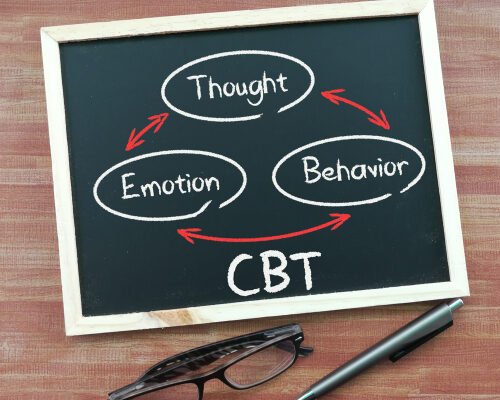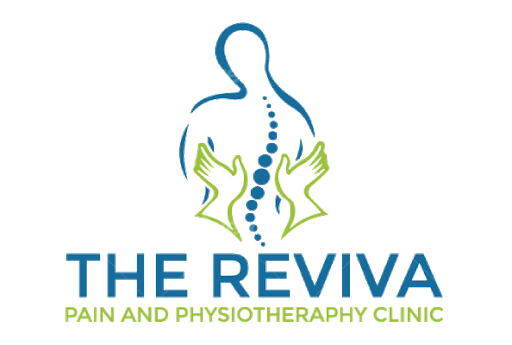Whether you suffer from panic attacks, obsessive thoughts, unrelenting worries, or a crippling phobia, it’s critical to understand that you don’t have to live with anxiety and fear. Treatment can be beneficial, and for many anxiety disorders, therapy is frequently the most effective option. This is because, unlike anxiety medication, anxiety therapy treats more than just the symptoms of the problem. Therapy can assist you in identifying the root causes of your worries and fears, learning how to relax, viewing situations in new and less frightening ways, and developing better coping and problem-solving skills. Therapy equips you with anxiety-relieving tools and teaches you how to use them.
Anxiety can be treated with cognitive-behavioral therapy.
 The most commonly used therapy for anxiety disorders is cognitive-behavioral therapy. It has been shown in studies to be effective in the treatment of a variety of conditions, including panic disorder, phobias, social anxiety disorder, and generalized anxiety disorder.
The most commonly used therapy for anxiety disorders is cognitive-behavioral therapy. It has been shown in studies to be effective in the treatment of a variety of conditions, including panic disorder, phobias, social anxiety disorder, and generalized anxiety disorder.
CBT focuses on negative patterns and distortions in our perceptions of the world and ourselves. As the name implies, there are two major components:
- Cognitive therapy investigates the role of negative thoughts, or cognitions, in anxiety.
- Behavior therapy examines how you act and react in anxious situations.
The basic premise of CBT is that our thoughts, rather than external events, influence how we feel. In other words, it is your perception of the situation that determines how you feel, not the situation itself.
Thought challenging in anxiety CBT
Thought challenging, also known as cognitive restructuring, is the process of challenging negative thinking patterns that contribute to anxiety and replacing them with more positive, realistic thoughts. This entails three steps:
1. Recognize your negative thoughts.
Anxiety disorders cause situations to be perceived as more dangerous than they are. Shaking another person’s hand, for example, can seem life-threatening to someone who has a germ phobia. Although it is clear that this is an irrational fear, identifying your own irrational, frightening thoughts can be difficult. One technique is to ask yourself what you were thinking when you first felt anxious. This step will be assisted by your therapist.
2. Confront your negative thoughts.
The second step is for your therapist to teach you how to assess your anxiety-provoking thoughts. This entails challenging the evidence for your terrifying thoughts, analyzing unhelpful beliefs, and testing the accuracy of negative predictions. Experiments, weighing the pros and cons of worrying or avoiding the thing you fear, and determining the realistic chances that what you’re worried about will actually happen are all strategies for challenging negative thoughts.
3. Replacing negative thoughts with more realistic ones.
After identifying the irrational predictions and negative distortions in your anxious thoughts, you can replace them with new, more accurate, and positive thoughts. Your therapist may also assist you in developing realistic, calming statements to say to yourself when confronted with or anticipating a situation that normally raises your anxiety levels.
Anxiety exposure therapy
Anxiety isn’t a pleasant sensation, so it’s natural to avoid it whenever possible. One way people accomplish this is by avoiding situations that make them anxious. If you are afraid of heights, you may travel three hours out of your way to avoid crossing a high bridge. If the thought of public speaking makes your stomach turn, you could skip your best friend’s wedding to avoid giving a toast. Aside from the inconvenience, avoiding your fears means you never have the opportunity to overcome them. In fact, avoiding your fears often strengthens them.
As the name implies, exposure therapy exposes you to the situations or objects you fear. The idea is that by repeating the exposures, you will gain a greater sense of control over the situation and your anxiety will decrease. Exposure can take one of two forms: your therapist may ask you to imagine the frightening situation, or you may confront it in real life. Exposure therapy can be used alone or in conjunction with cognitive-behavioral therapy.



